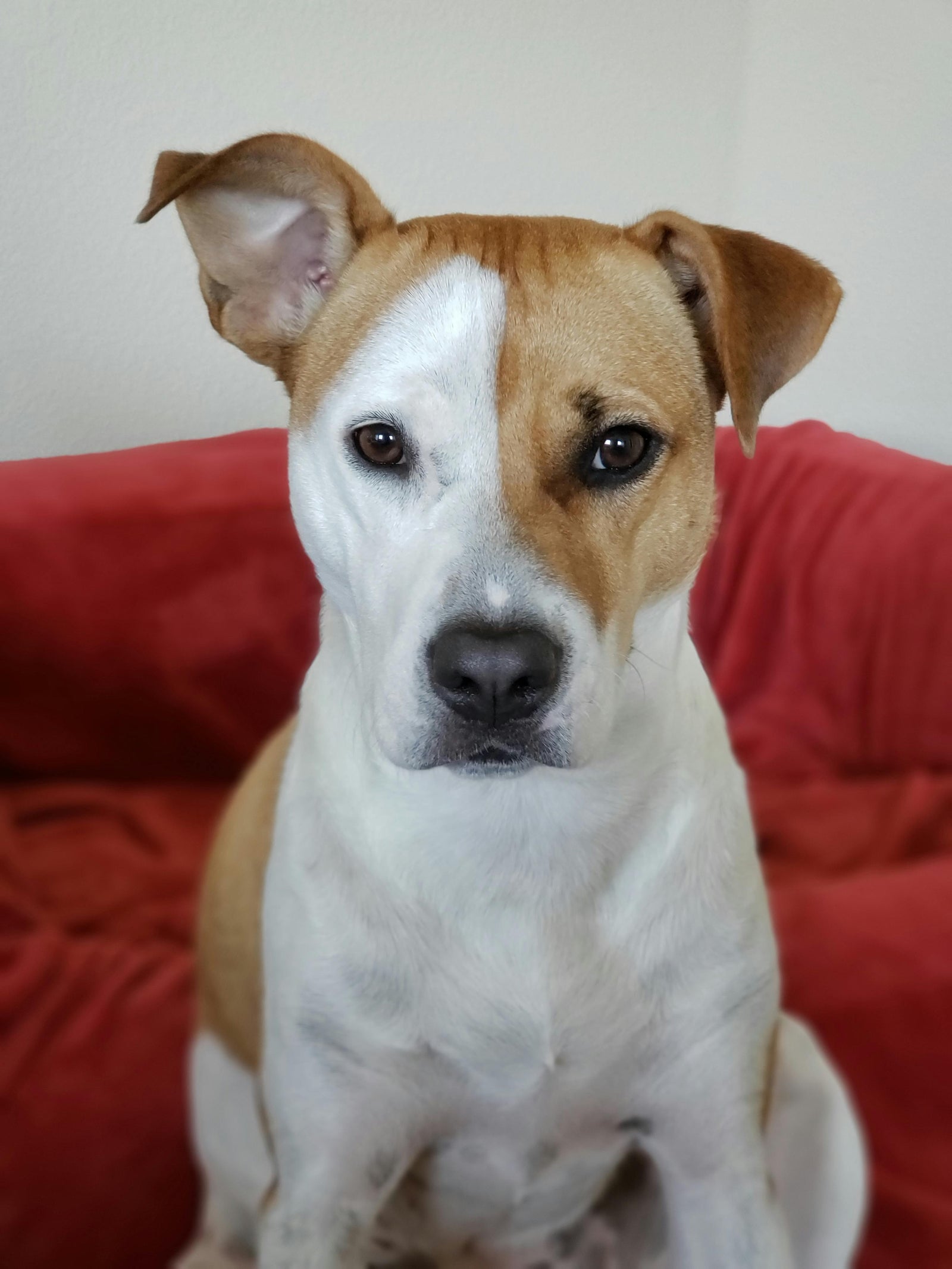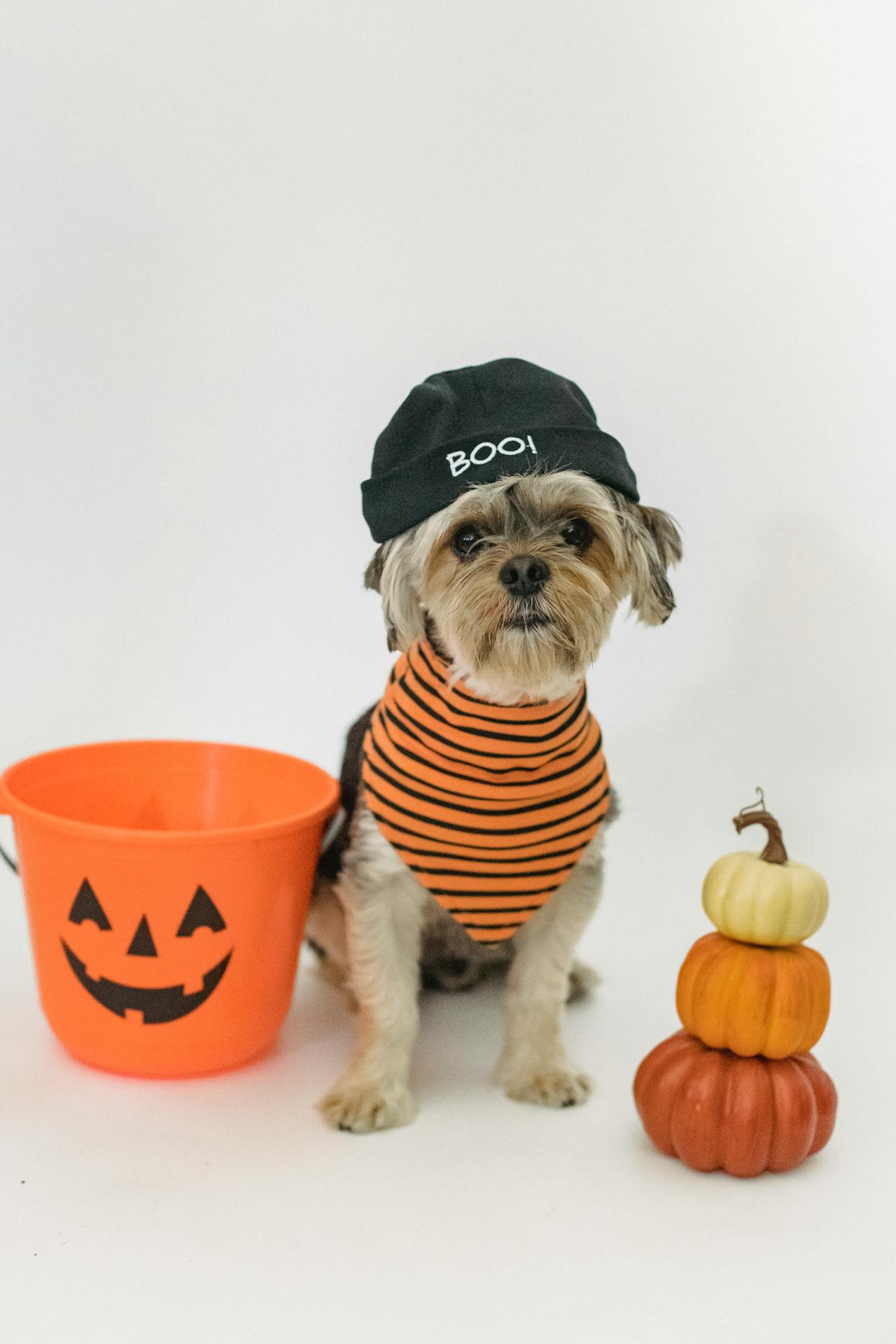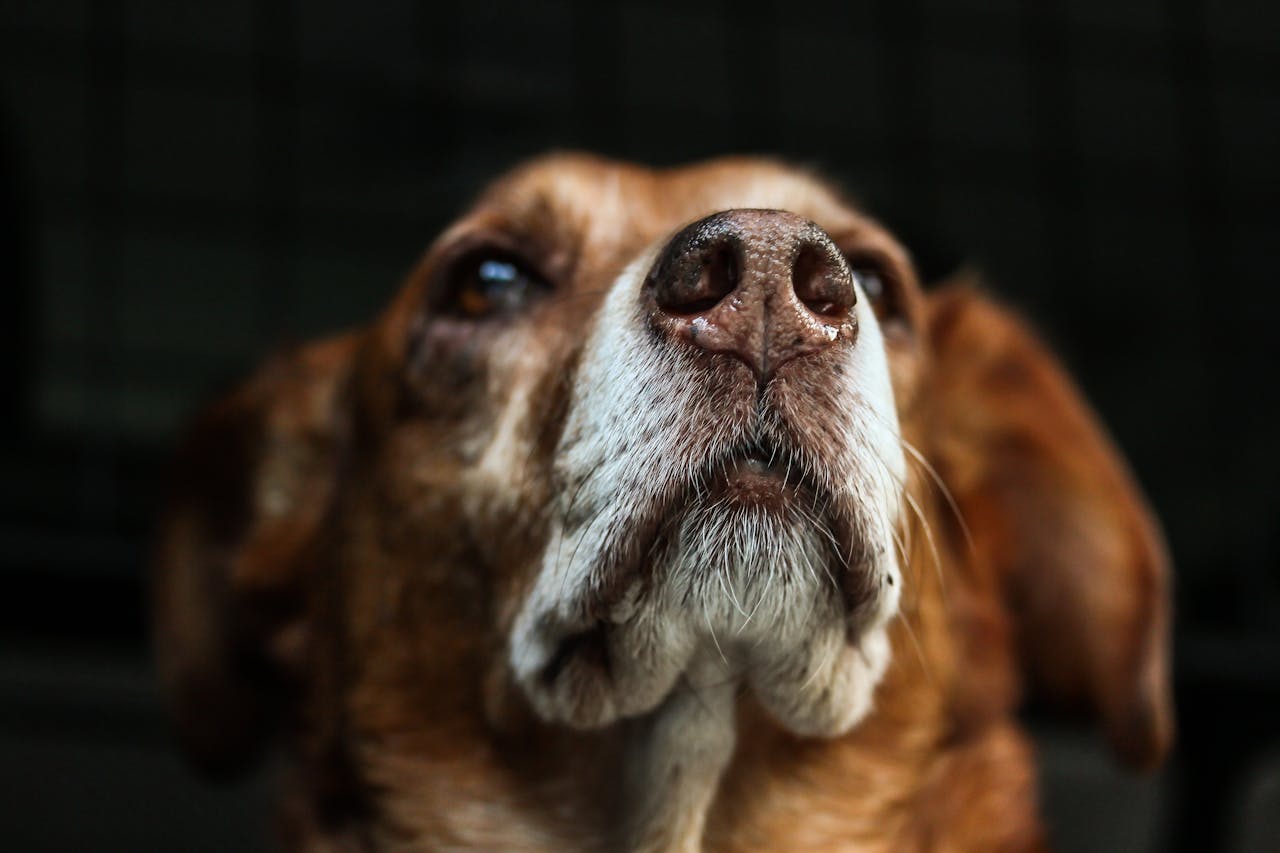Strict hygiene & food safety
- Obtain extremely high-quality meats, preferably human-grade.
- Meats should be frozen for the necessary amounts of time (certain regimens advocate freezing to kill parasites).
- Thoroughly clean dishes, tools, and surfaces.
- Perhaps switch up your meat sources to prevent the accumulation of heavy metals.
- Think about cooked versions or partial cooking at high-risk times (such as neutropenia during chemotherapy).
Flexibility, monitoring, and a gradual transition
Slowly transition (10–14 days) while monitoring bloodwork, appetite, weight, and stool quality. If necessary, be prepared to supplement or revert.
Use supporting supplements as a supplement (wisely).
Include immune modulators, probiotics, and antioxidants, but only those that have been approved for use in conjunction with chemotherapy (see your veterinarian). Keep an eye out for interactions or sensitivities.
Monitor, Adapt, and Document
Track weight, body condition, muscle mass, bloodwork (CBC, liver/kidney values, etc.).
If you notice worsening parameters, adjust.
Share your results (with your vet and possibly in the dog-cancer community) to contribute to collective learning.
What Remains Unknown, What Requires Investigation
Large, convincing clinical trials demonstrating that raw diets alone improve survival or remission in canine lymphoma (in comparison to current therapies) are not yet available.
There is ongoing discussion over the precise effects of ketogenic and low-carb diets on cancerous dogs.
The best combination of immune modulators, antioxidants, and timing in relation to chemotherapy is mostly anecdotal or based on a few case studies.
Little is known about the safety profiles of immunocompromised dogs, particularly during chemotherapy.
However, experience is not facts, even if many integrative veterinarians and guardians offer case studies of dogs that are doing well on raw + conventional therapy or raw + palliative care.






